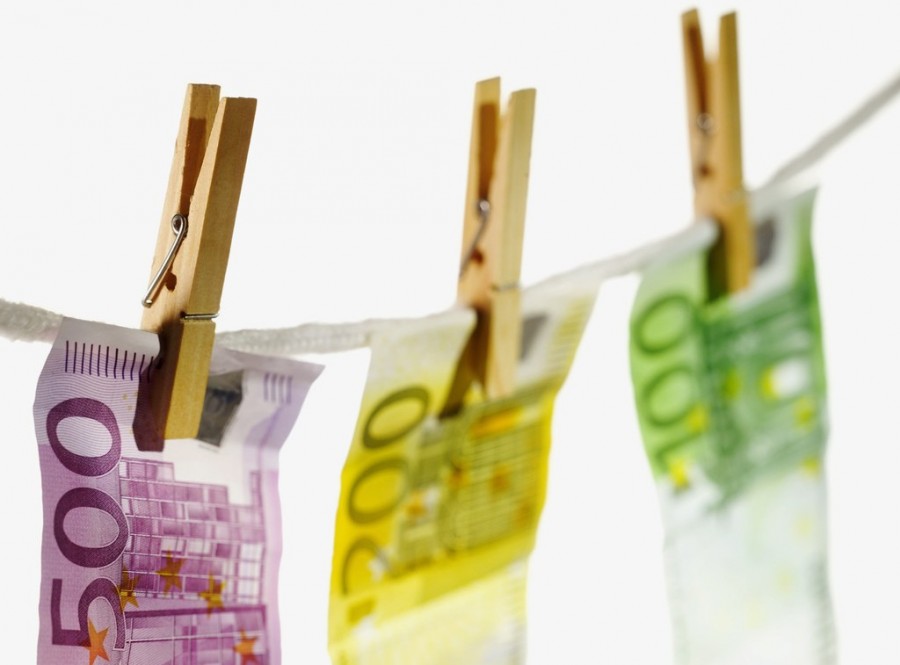As we know, the EU has made significant progress is establishing rules and regulations around the use of eInvoices, some of these were new regulations that had to be implemented by January 1st, 2013 (click here for a recent article about eInvoicing in the EU). In today’s article we’ll be covering one of the regulations that recently went into effect regarding Late Payments, specifically, we’ll be reviewing the Directive on Late Payments (2011/7/EU) which, as of March 16, 2013, the EU required to be integrated by Member States into their national law.
When it comes to managing cash flow, paying suppliers late is a common strategy in the EU especially when dealing with public institutions and cross border suppliers. Across the 27 EU countries, standard payment terms vary from about 32 days in countries with stronger economies such as Finland and Germany to over 160 days in weaker economies such as Italy and Greece. Fortunately for small suppliers, who still face very tight credit markets, the EU has been identified late payments as a major problem and has now taken steps to address it.
The goal of the recent EU Directive is to improve overall liquidity (especially for small businesses) and reduce the reliance on bank financing to support basic operations. Some of the new rules include:
1. Public authorities must pay for the goods and services that they procure within 30 days or, “in very exceptional circumstances”, within 60 days
2. Enterprises must pay their invoices within 60 days, unless suppliers expressly agree otherwise and if it “is not grossly unfair to the creditor”
3. Suppliers are entitled to claim interest for late payments and can also automatically obtain a minimum fixed amount of €40 as a compensation for payment recovery costs. Suppliers can challenge grossly unfair terms and practices more easily before national courts
4. The interest rate on late payments was increased to at least 8 percentage points above the European Central Bank’s reference rate. Public authorities are not allowed to fix an interest rate for late payments below this threshold.
5. The clock, in principle, begins from the date the invoice is received or, in the absence of an invoice, from the date the goods or services are received. The EU also promotes the usage of eInvoicing solutions where the receipt of invoices can generate electronic evidence of receipt
Buying organizations that have informally extended payment terms to their suppliers beyond 60 days may now be subject to formal complaints from their suppliers. To avoid this, they must change their payment strategy or negotiate new terms wherein the supplier explicitly agrees to a payment term of greater than 60 days.
Banks and other providers of supply chain financing (SCF) will be chomping at the bit to get the business of buying organizations that are hesitant to shorten payment terms. We expect that these new rules will most certainly help the case for automating AP processes because enterprises that that take over 30 days to process an invoice will be in violation of the new Directive
Overall, this has been a significant undertaking by the EU to support small businesses and improve liquidity. Furthermore, the European Commission organized a Late Payment Information Campaign which began in October 2012 and goes until December 2014. The goal is to increase awareness around the new rules amongst SMB’s and public institutions. These events will also provide a forum for the exchange of best practices and help businesses to tackle late payment issues.








